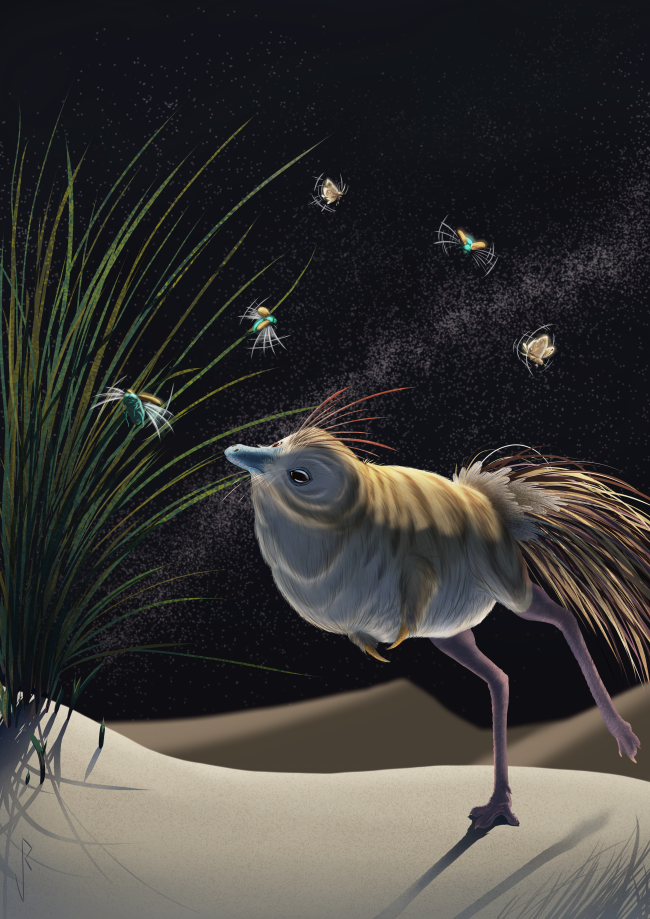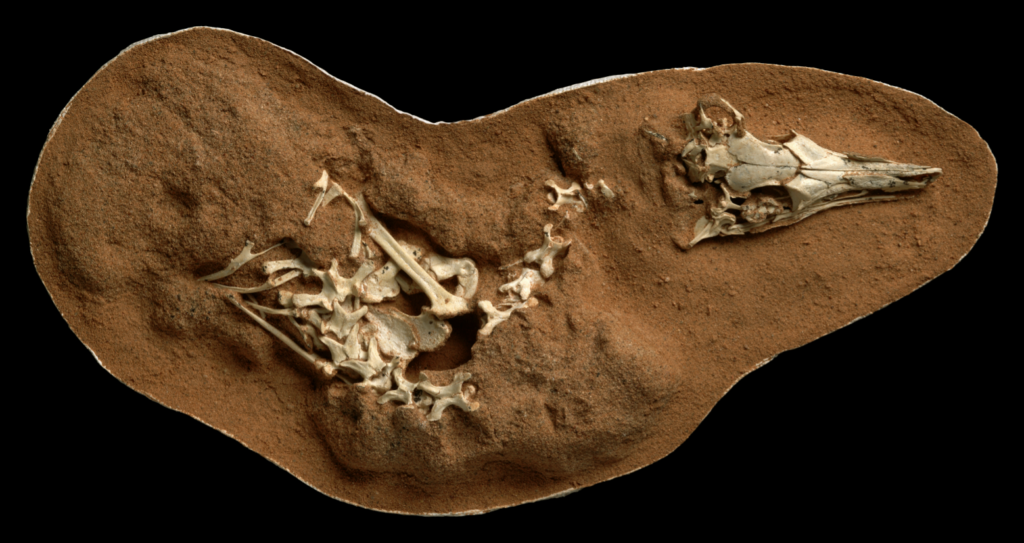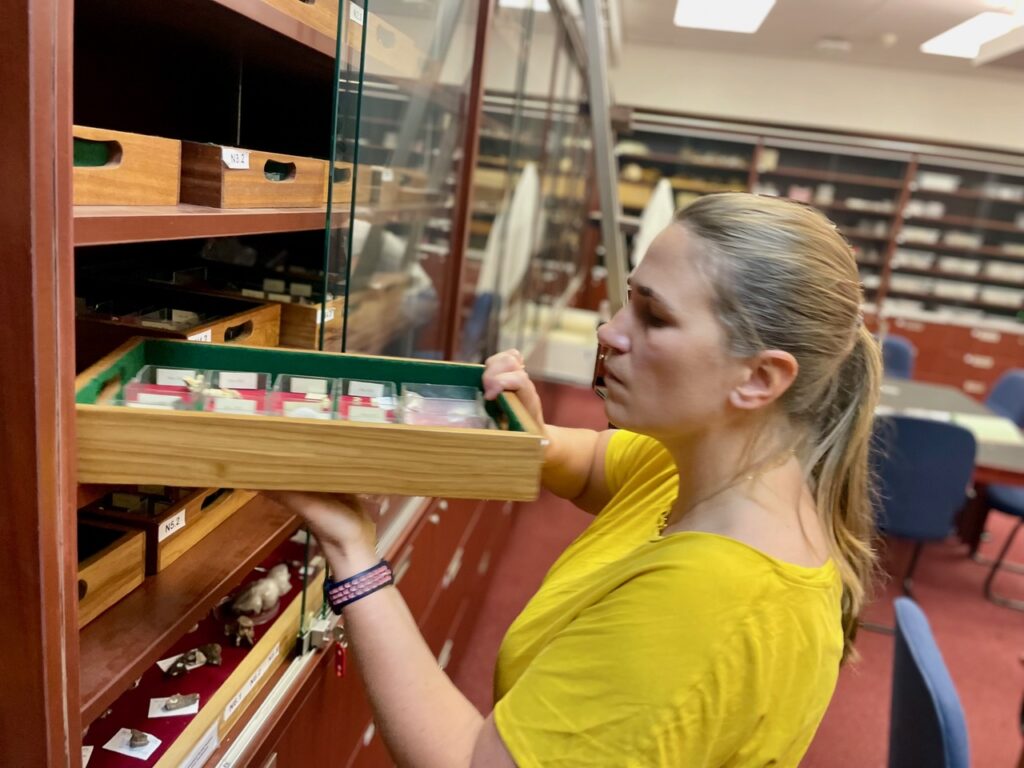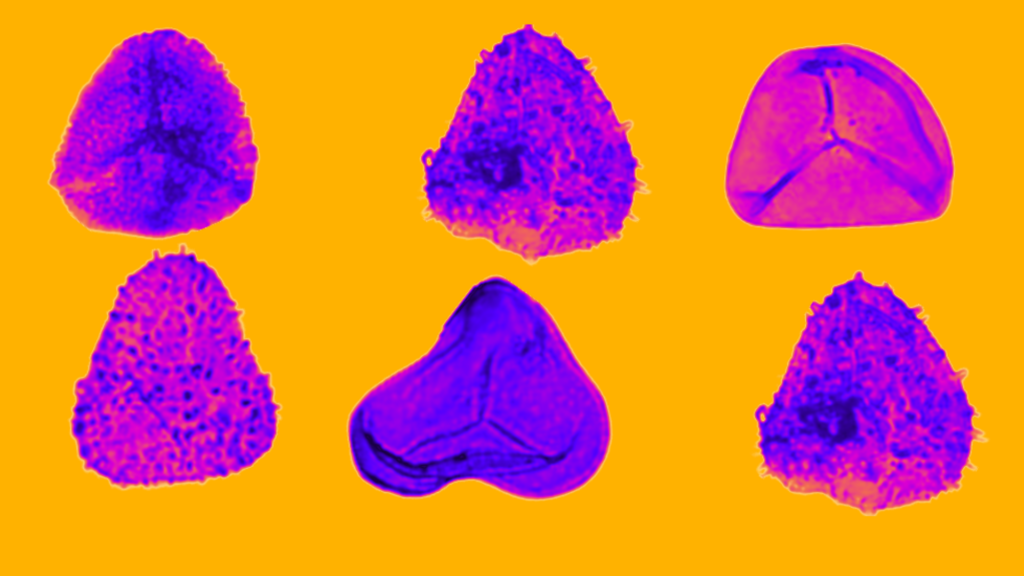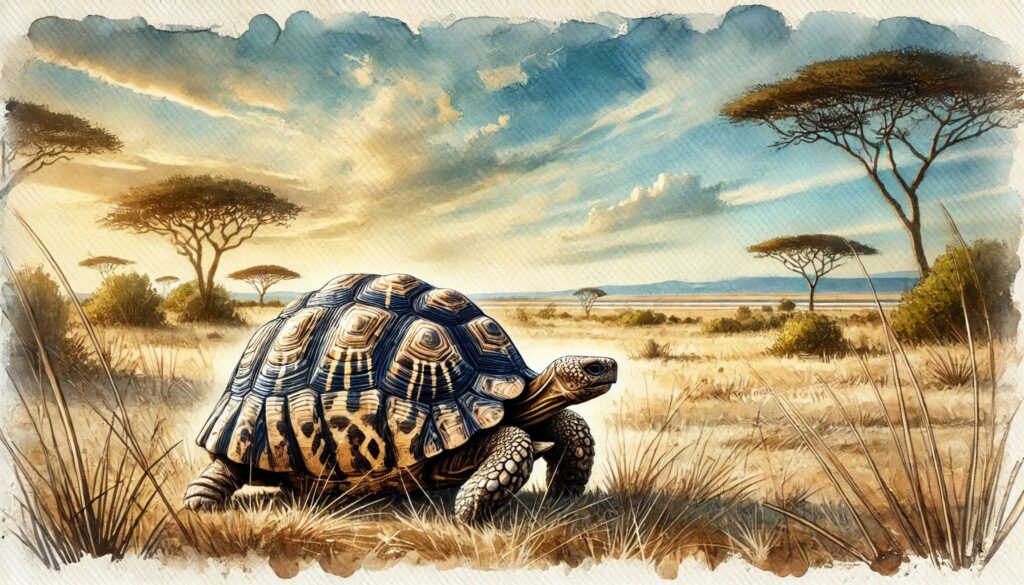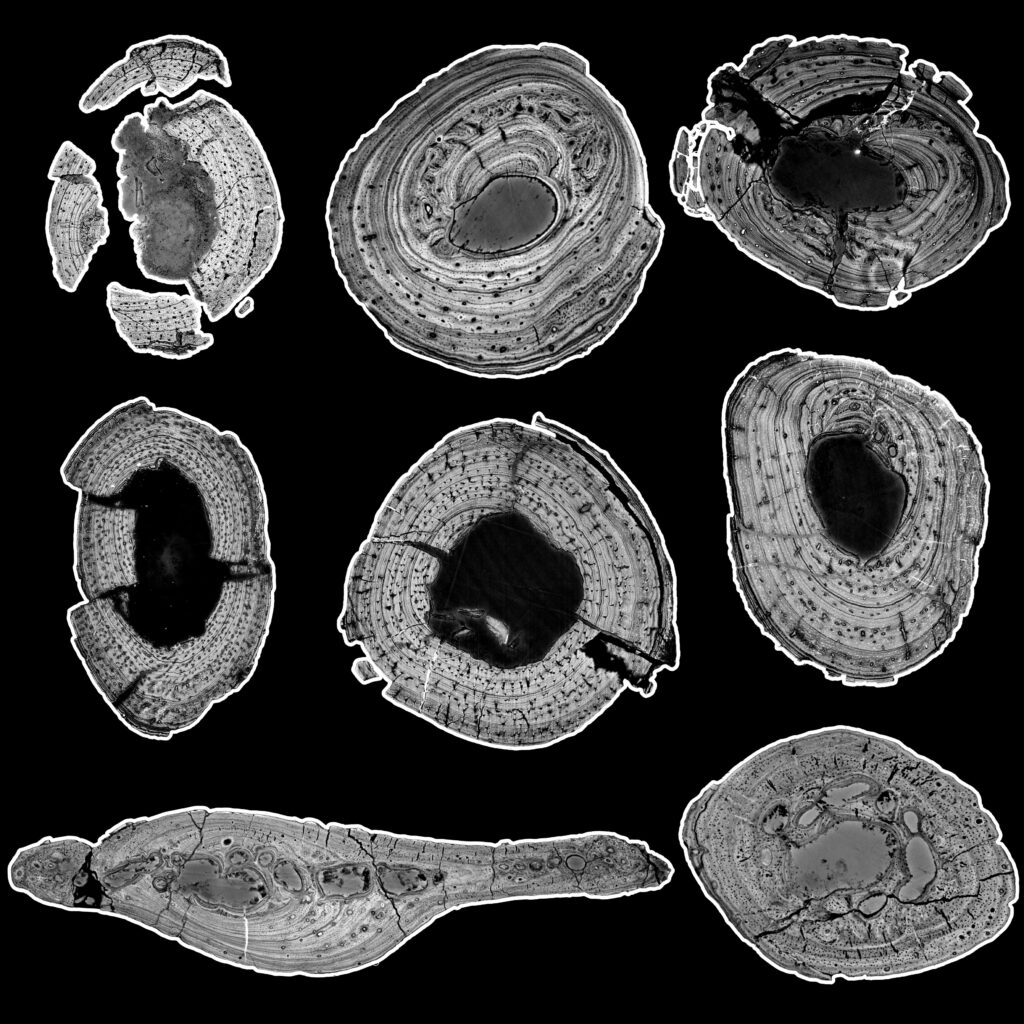First nocturnal dinosaur found through a chance discovery
By comparing the scleral ring and lagena of Shuvuuia deserti with that of other dinosaurs and modern birds, researchers concluded that this odd creature was adapted for hunting at night.
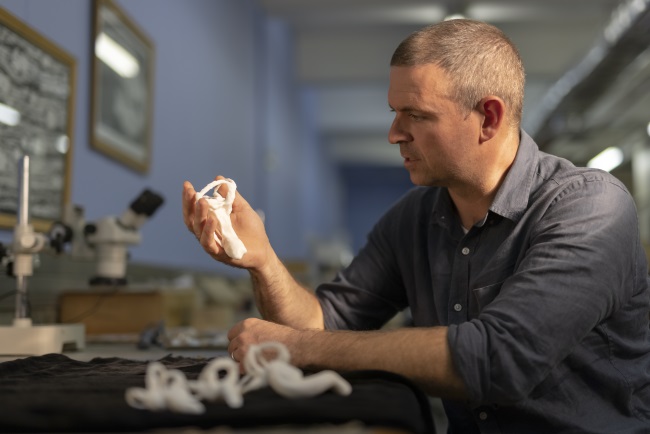
Small bites
- Shuvuuia deserti, a chicken sized dinosaur roamed the desert 65 million years ago.
- By digitally reconstructing Shuvuuia’s ear and eye structures in its skull and comparing it to other dinosaurs and birds, scientists concluded it was likely nocturnal
- Shuvuuia’s powerful arms, a single claw on each hand and long legs would have made it likely the equivalent of a prehistoric roadrunner.
Suvuuia’s weird features allowed it to own the night
Shuvuuia deserti was a puzzle to science, with its single claw on each hand and powerful arms, but a chance discovery has revealed that these features allowed it to own the night. This chicken-sized dinosaur lived 65 million years ago in what is now Mongolia and its strange adaptations that also included long legs and a fragile skull, had scientists guessing what it ate. Some speculated that Shuvuuia was a prehistoric aardvark feeding on termites. Then former Wits postdoctorate Dr James Neenan happened to notice something unusual. At the time he was digitally reconstructing the skull of a Shuvuuia when he saw that the lagena, which is equivalent to the cochlea in mammals, was exceptionally large. “I called Prof. Choiniere to have a look. We both thought it might be a mistake, so I processed the other ear – only then did we realise what a cool discovery we had on our hands!” Explained Neenan. They also noted that Shuvuuia had proportionally the largest pupils yet measured in birds and dinosaurs. To work out just how good Shuvuuia’s sight and hearing was, scientists began collecting information on the sizes of eyes and inner ears of nearly 100 living birds and extinct dinosaur species. They compared the scleral ring, the bones that surround the pupil of each species. The team found that only the barn owl, with its super hearing abilities, had a comparable long lagena to Shuvuuia. With this discovery, Shuvuuia’s weird adaptations made sense. Shuvuuia was a night creature and was probably the prehistoric equivalent of today’s roadrunner. This was the first time that palaeontologists had identified a likely nocturnal dinosaur. It would have used its super-hearing to locate burrowing mammals and insects and its single claws to dig them out. Those wide eyes would have allowed it to spot its prey at night and chase after its strong legs.
“Nocturnal activity, digging ability, and long hind limbs are all features of animals that live in deserts today,” said Professor Jonah Choiniere, of Wits University, who led the study. “But it’s surprising to see them all combined in a single dinosaur species that lived more than 65 million years ago.”
